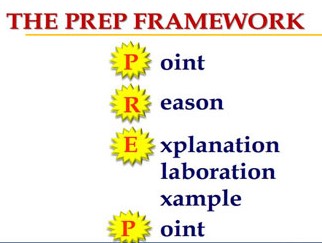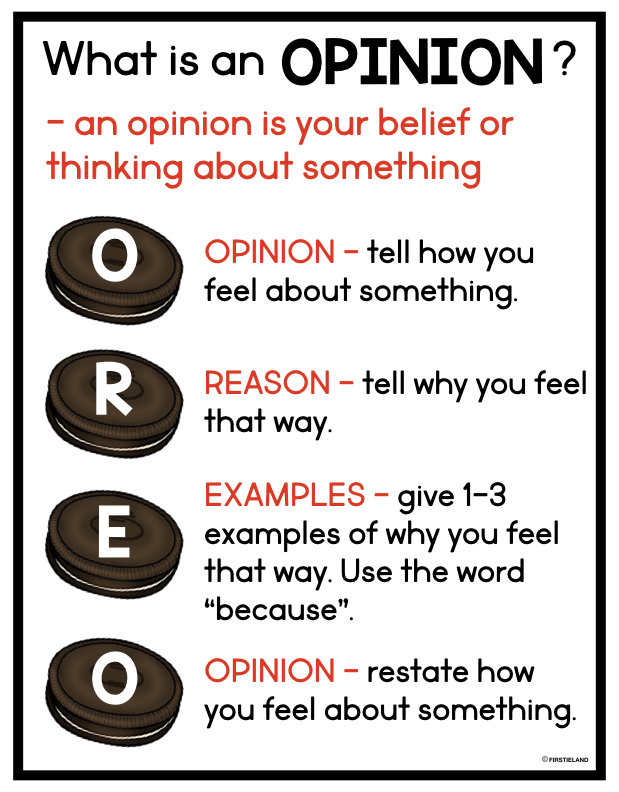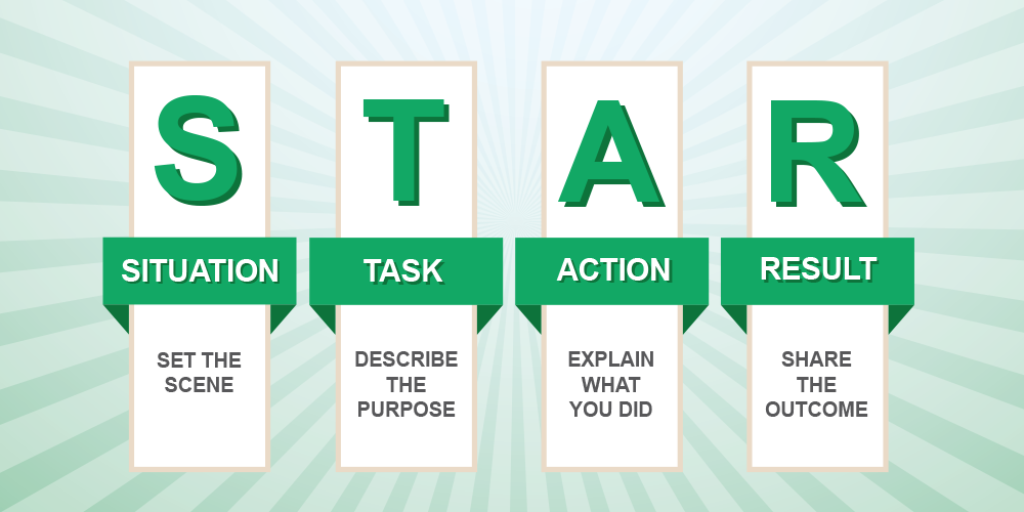There are various ways to structure a speech, even an impromptu speech. Several examples of how you can do so are shown on the right:
Notice that all of these follow the same pattern:
Then You Give A Few Examples or Elaborative Points
If you stick with this general shape, you will have a good Table Topics structure.



Okay, you have a structure. By what do you put into that structure - what do you say?
That's the beauty of Table Topics: as long as it is what you think and feel, it can't be wrong. Well, maybe there are a few things you shouldn't say but you probably already know what they are and wouldn't say them. Nevertheless, there are some tips:
Don't censor out anything. A number of our members do improv. A key improv principle applies here: say "Yes, and". That is, say 'Yes' to whatever your brain comes up with and 'and' to add to it.
That doesn't mean you should always use the first thing that comes to mind. You know how you can't stop thinking about something until you say it? It helps to mentally 'say' your first idea so another idea can come up and join the first one.
It's helpful to think of at least two things. That way, you have at least two approaches to the topic.
If your mind goes blank, some things might help:
Once you have an idea or two, pick one and start talking. Don't wait to figure out the whole story before you start to speak. Somewhere in your subconscious, your brain has already made the association between the question and your idea. You just need to keep talking to make the connection.
It's common that while you are answering table topics, the perfect answer comes to you. At some point, something will click. Resist the urge to blurt it out right away! That thought will likely make a great ending to your table topic - and the best table topics have great endings. Now that you have it, build up to that ending so you can finish on a high note.
Table topics can be like Zen: sometimes what makes a good table topics answer is what you don't say. If you need to fill time, then by all means include as much detail as you need to get you there. But if you are in green light territory and you've reached a good point, it might be time to conclude. You can leave the 'but there are some glaring exceptions to what I said' or 'but there are some situations where that might not apply' for after the meeting.